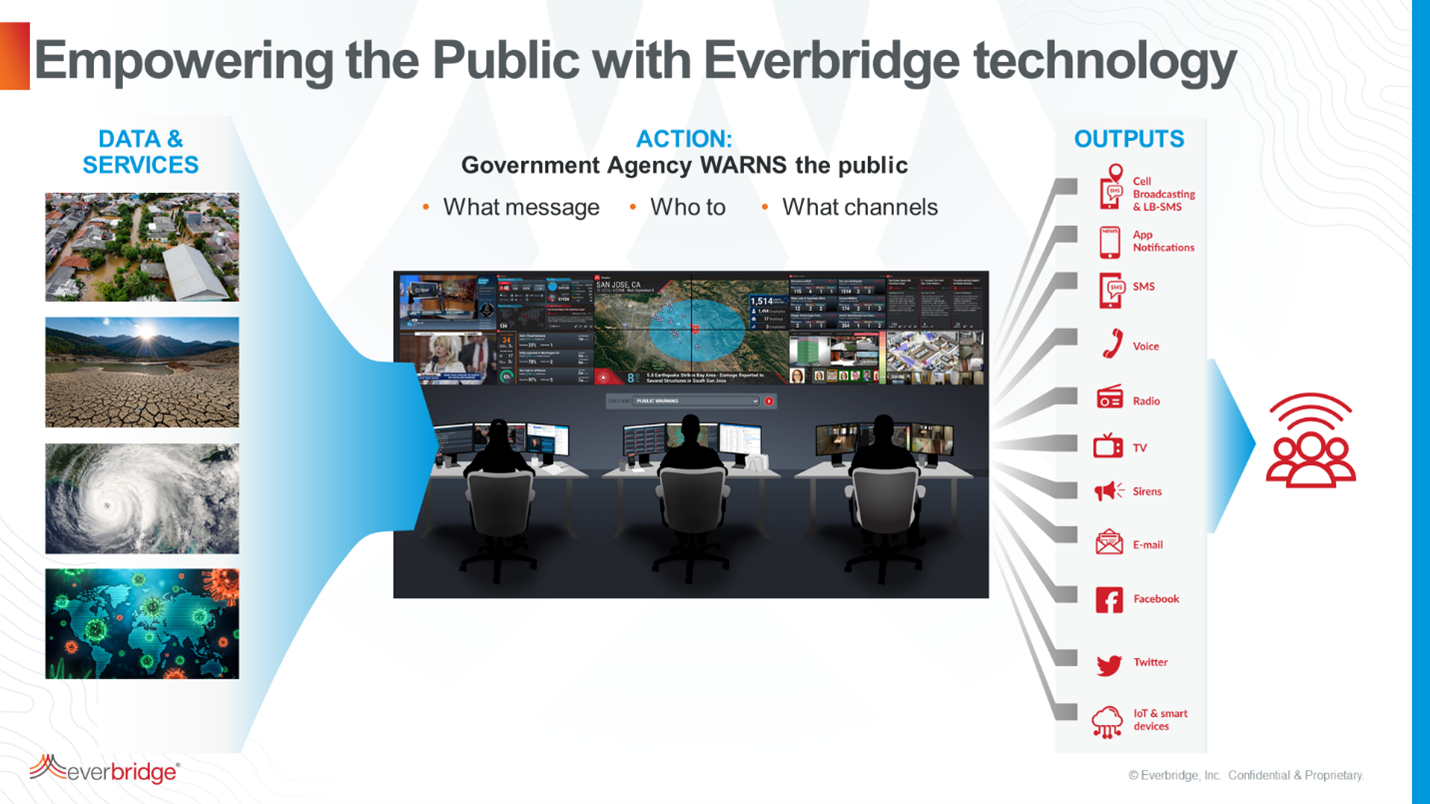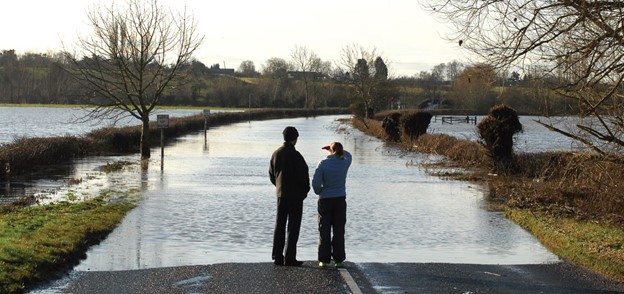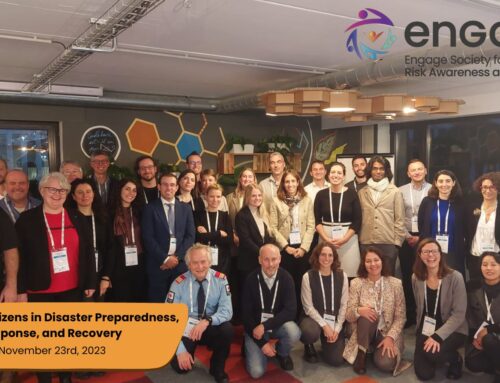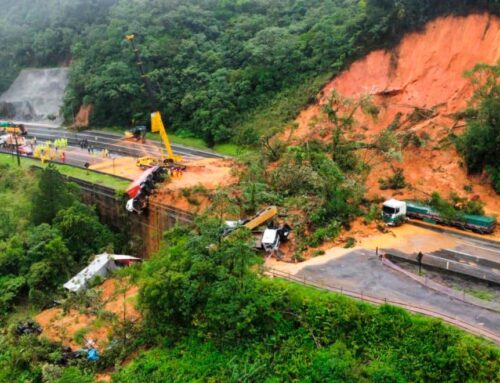Fostering societal resilience has been the polar star for most of the emergency management agencies all over the world. Over the last year, we were reminded that no country and community are fully protected. In Europe alone, floods in July 2021 produced more than 240 fatalities and close to Euro 2.5 billion in insured losses. Early warning systems are integrated systems to monitor and predict hazards, assess risks of disasters, and communicate these risks to individuals, communities, businesses, and governments so they can take timely action. Unfortunately, data provided by 138 World Meteorological Organization (WMO) member countries show that only 40 percent of them have multi-hazard early warning systems. Some have early warning systems to alert their national disaster management agencies but do not cover the last mile, the population alerting.
As a global provider of public warning systems protecting more than 800 million people in more than 24 countries worldwide, Everbridge has learned some invaluable lessons for the mission of project Engage.

- Disasters are complex in nature; warning messages do not have to be
The ability of citizens and businesses to take informed action depends on balancing details on impending disasters and updated risk information with the simplicity of the message. Information coming from a multiplicity of sources and potentially contradictory can affect the effectiveness of the message in an emergency. Warning messages need to be from an identified and authoritative source.
- Multiple channels are needed to reach all potentially affected
Ensuring that every potentially affected person and business is informed needs multiple channels – from traditional systems like SMS, radio messages, and public board messages in roads and public transport stations, to modern systems like coordinated and targeted cell broadcasts and location-based SMS. For example, warning systems need to adjust to the geographic nature of the area affected by its population density and the features of the locations (I.e. a remote island versus an overpopulated urban area).
India’s coastal Early Warning Emergency Messaging System sends critical location-based messages to mobile phones before, during, and after emergencies, as well as regular SMS and voice calls. The system relies on mobile network coverage and is designed to reach over 46 million residents of Odisha, 54 million from Andhra Pradesh, and 34 million in Kerala. The system was widely used in one of the deadliest cyclones in Odisha in 2019 (Cyclone Fani), saving thousands of lives.
- Warning systems need to be inclusive
Leaving nobody behind in emergencies requires adjusting messages to diverse audiences through different languages, accessibility for persons with disabilities, and various channels for those who do not frequently use or have access to mobile phones. A key lesson of the floods caused by Hurricane Ida in New York earlier in 2021 was the need to break language barriers in warning systems to immigrant communities. Tourist destinations need warning systems in multiple languages to alert visiting tourists, like Peru’s early warning emergency messaging system (Sismate) designed to reach the 33 million residents and the four million tourists that usually visit the country.
- Warning systems need to be targeted
General alert messages without specific information or distributed broadly in areas that are not in danger can generate confusion and erode the trust in the warning system. Fortunately, technology now allows alerts to be sent only to mobile phones active in the affected area at the time of the alert, as well as anyone entering the affected area afterward. Warning systems can also send “all clear” messages only to those affected. The targeting and the selection of the information sent by the alert message is directly correlated to its effectiveness in saving people’s lives and avoiding uncontrolled mass panic reactions.
- Alert messages are not enough; early planning and drills are a must
The effectiveness of an emergency alert is directly related to the capacity of individuals and businesses to act upon it. This requires early planning not only by Governments but also by households. For example, the seismic alert system in Mexico (Sasmex) is combined with periodic drills for greater effectiveness. The appropriate composition of safety kits made available in shelters is an essential element of post-emergency management. The acknowledgment of needs for livelihoods is a key element for planning and for making individuals able to overcome the emergency, accelerating the recovery process.
- Inter-institutional coordination is essential
Numerous agencies need to prepare for disasters, the issuance of warnings, and the post-disaster recovery and continuous alert system. An integrated warning system can break the institutional barriers for improved flow of information and better response. For example, the alert system in Mauritius allows all government and law enforcement agencies to inform their local stakeholders in a coordinated manner on emergency events.
Each early and public warning system needs to respond to the specific hazards and the institutional and cultural characteristics of each country. However, there are lessons of global experience that can guide international cooperation with developing countries to reduce disaster risks. Public warning systems are central to minimizing the loss of lives and assets, and that is what Everbridge is focusing on in the development of its public alerting technology. The improvement of this technology will provide a unique tool to foster societal resilience.
Authors: Lorenzo Marchetti, Government Affairs Associate at Everbridge; Rachele Gianfranchi, Head of Government Affairs at Everbridge, Ede Ijjasz, CEO and Founder of Eigen Impact Consulting and Valerie Risk, Vice President of Everbridge International Public Warning Systems.





